Debret room
3 works with various dimensions
Solo exhibition – Tales with no Kings, Casa França Brasil, Rio de Janeiro, Brazil, 2013
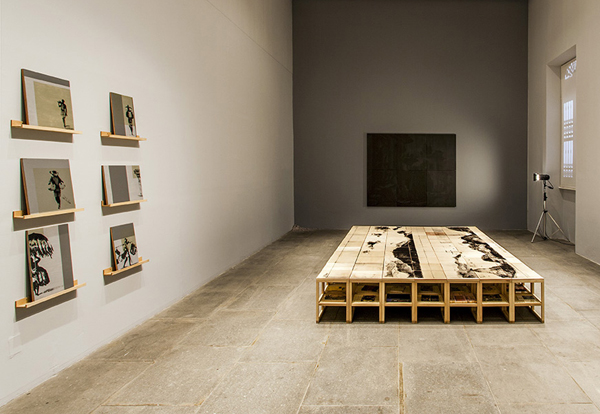

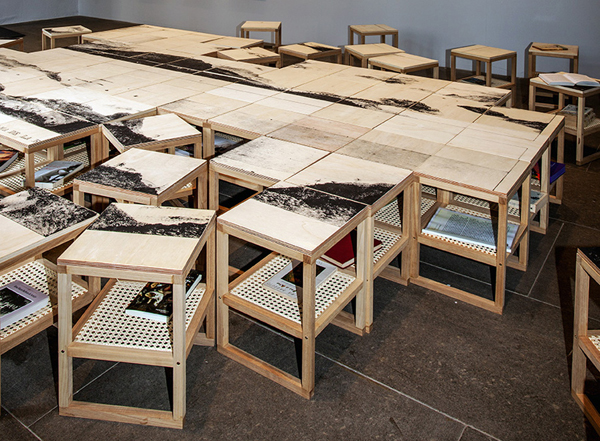
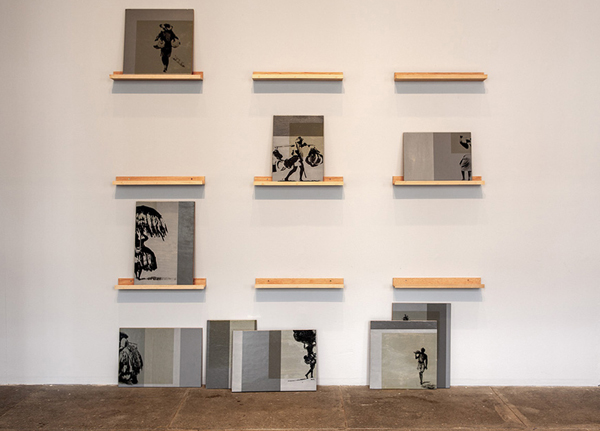
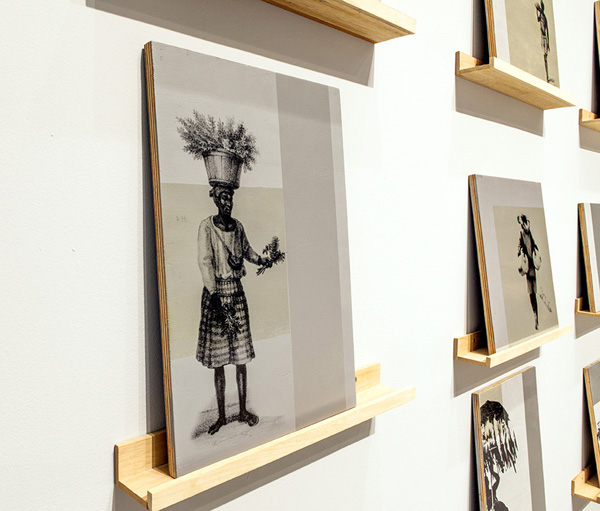
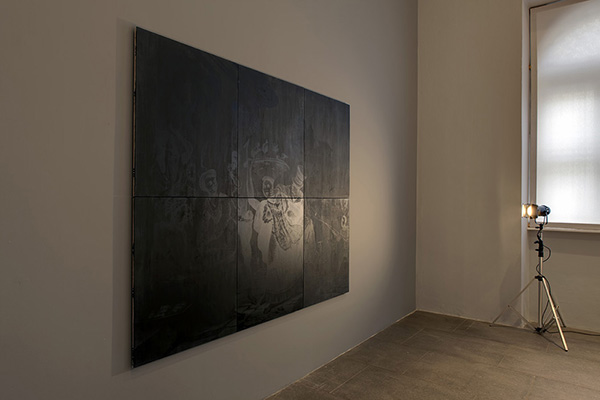
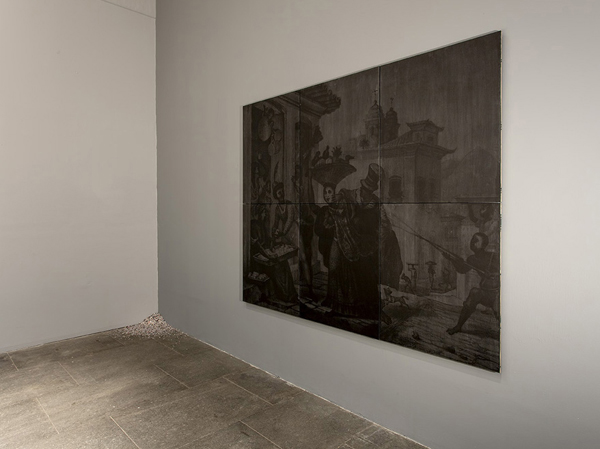
As part of the exhibition Tales with no Kings (Contos sem Reis), the artist appropriated images from the book Viagem Pitoresca e Histórica ao Brasil by the French artist Jean-Baptiste Debret (1768-1848) in order to present three other interconnected works, in the first of the two adjacent galleries to the main hall of Casa França Brasil. Known as a meticulous observer of Brazilian society, Debret, a key figure of the French Mission (1816) together with Montigny, appears in these works as a privileged witness to the economic and social changes in Rio de Janeiro during the early XIX century.
One of the works – Printed Landscape -consists of 77 wooden stools, which when assembled together reveal one of Debret’s landscapes of Rio de Janeiro printed across the stools’ tops. Below each seat a small shelf displays a book portraying a view of the city. Individuals from a variety of fields recommended the books, which suggest a new contemporary landscape of Rio while forming an intimate library that could be consulted freely. This space also hosted a multidisciplinary seminar that addressed urban transformations in Rio de Janeiro yesterday (XIX-XX centuries) and today (XXI century).
In the work Be sad if you are able and you will see, the artist recreates a carnival scene by Debret from 1823 and adds to it a pile of confetti made from newspaper. This pile, which was located in a corner of the gallery, grew daily as more confetti was added throughout the duration of the exhibition. The artist explains: “the displacement of fragmented daily news, turned into confetti, refers to the gap of the image of Rio de Janeiro presented as an idealized city, at this time of major changes in its urban structure.”
Scenes of Debret’s street sellers are also the starting point for the third work in this series. In Sale – faulty memory game, Redondo contrasts images by the French artist with present day images of local street sellers, each printed on opposite sides of nine plywood panels. The visitors could hold and turn the panels around, but the two surfaces could not be seen at once. Similar gestures were nevertheless recognizable in this faulty memory game, suggesting social relations of inequality persisting to this day.
Related to Debret’s African-Brazilian representations and completing the exhibition, Carmen Miranda – An Opera of the image was presented in the second adjacent gallery.
Photos:
Sérgio Araújo
